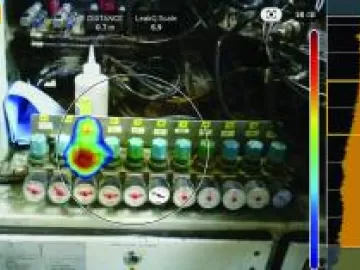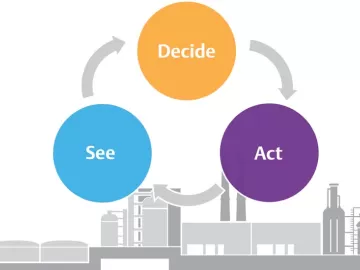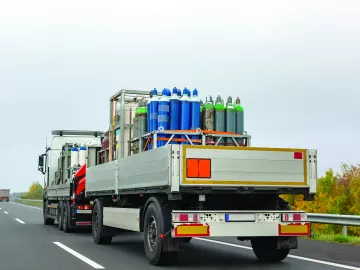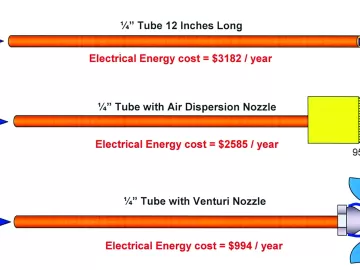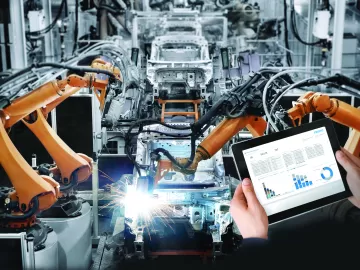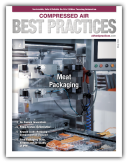Technical College Audit Finds Savings of $45,000 in Energy and Water Use
As part of an energy reduction effort, a Canadian technical college hired a compressed air auditor to do a leakage audit of their large campus, which houses over 30 mixed use buildings, including laboratories, research facilities, shops and classrooms. The audit found very few leaks, the reduction of which would achieve minimal savings; however, a few surprising items of interest were noticed during the study that showed very good potential for operating cost savings of 64% with an estimated \$45,000 per year in reduced energy and water costs. This article discusses some of the findings and how savings can be achieved on lightly loaded compressed air systems.


